ASTM A252 is a technical specification for welded and seamless steel pipe piles developed by the American Society for Testing and Materials (ASTM International). The latest version is ASTM A252/A252M-19, which is applicable to cylindrical steel pipe piles used as permanent load-bearing components or cast-in-place concrete pile shells. The standard uses the inch-pound and SI dual unit system, with the inch-pound unit used by default. The two cannot be mixed. The standard covers requirements such as material grade, chemical composition, mechanical properties, dimensional deviation, etc., providing a technical basis for foundation projects such as buildings, bridges, and docks.
ASTM A252 is a standard specification issued by the American Society for Testing and Materials (ASTM) for welded and seamless steel pipes used as load-bearing or friction piles in civil engineering projects. It covers structural cylindrical steel pipes that must withstand axial or lateral loads when used as foundation elements.
This standard does not apply to pipes for fluid conveyance, but rather to structural applications that demand mechanical strength and drivability. ASTM A252 allows multiple manufacturing methods, including hot forming, spiral welding (SSAW), longitudinal welding (LSAW), and seamless rolling.
Dimensional Tolerances
Dimensional accuracy is critical to ensure proper installation and performance of piling pipes. ASTM A252 specifies the following standard tolerances:
|
Parameter
|
Allowed Tolerance
|
|
Outside diameter
|
± 1% of the specified nominal size
|
|
Wall thickness
|
Not less than 87.5% of nominal value
|
|
Weight per linear foot
|
± 5% to +15% of the specified weight
|
ASTM A252 Piling Pipe Specifications
The ASTM A252 standard makes comprehensive and detailed provisions for the dimensional parameters and allowable deviations of steel pipe piles. These technical requirements directly affect the bearing capacity, constructability and engineering applicability of pipe piles. The standard covers a wide range of steel pipe pile diameters, from small-diameter pipe piles of a few millimeters to large-diameter pipe piles of several meters in diameter, and can be spliced to form super-long piles with a length of more than 100 meters. This wide range of sizes enables ASTM A252 pipe piles to meet a variety of engineering needs from small buildings to large infrastructure.
In terms of outer diameter size, the standard stipulates that the deviation between the outer diameter of the steel pipe pile and the specified outer diameter shall not exceed 1%. This strict control ensures the geometric accuracy of the pipe piles and lays the foundation for subsequent connection, construction and quality control. For wall thickness parameters, ASTM A252 stipulates that the deviation between the wall thickness at any point and the specified wall thickness shall not exceed 12.5%. The standard adopts the concept of nominal (average) wall thickness and gives the calculation formula for the minimum wall thickness: t<sub>m</sub> = t<sub>n</sub> × 0.875, where t<sub>m</sub> is the minimum allowable wall thickness and t<sub>n</sub> is the nominal wall thickness. The wall thickness value should be rounded to three decimal places, and the fourth decimal place should be rounded off according to the convention of ASTM E29.
Examples of common sizes and unit weights of ASTM A252 steel pipe piles
|
OD(mm)
|
Nominal wall thickness(mm)
|
Weight per meter(kg/m)
|
OD(mm)
|
Nominal wall thickness(mm)
|
Weight per meter(kg/m)
|
|
152.4
|
3.4
|
12.5
|
304.8
|
3.4
|
25.3
|
|
152.4
|
3.58
|
13.1
|
304.8
|
3.58
|
26.6
|
|
203.2
|
3.58
|
17.6
|
323.9
|
2.77
|
21.9
|
|
203.2
|
4.37
|
21.4
|
323.9
|
3.4
|
26.9
|
|
219.1
|
2.77
|
14.8
|
323.9
|
3.58
|
28.3
|
Regarding the length requirements of steel pipe piles, ASTM A252 stipulates three supply forms: single variable length, double variable length and uniform length. The single variable length ranges from 16 to 25 feet (4.88 to 7.62 meters); the double variable length should be above 25 feet (7.62 meters), and the minimum average length is 35 feet (10.67 meters); the uniform length is supplied according to the length specified in the contract, with an allowable deviation of ±1 inch (25.4 mm). This flexible length provision takes into account both the economic efficiency of production and the needs of different engineering scenarios.
Manufacturing and testing requirements
Steel pipe piles can be produced by seamless or welding processes, and the welding methods include electric resistance welding (ERW), flash welding and fusion welding. The standard stipulates:
Dimension deviation: outer diameter deviation ≤1%, wall thickness deviation ≤12.5%, weight deviation ±15%;
Weld quality: welds must not fail in normal construction, and spiral welded pipes must stagger longitudinal seams by 90°;
Defect repair: Defects with a depth of ≤12.5% of the wall thickness are allowed to exist, and can be welded when ≤33.3%.
The inspection includes tensile test (1 sample is taken from each batch of 200), chemical analysis (inspection of each furnace batch number) and appearance inspection. The mark must include information such as factory name, grade, size, etc., and support barcode traceability.






 English
English Español
Español بالعربية
بالعربية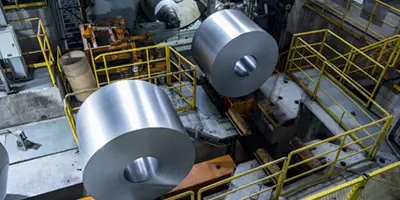

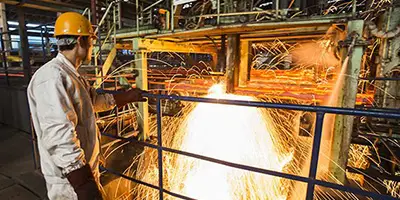
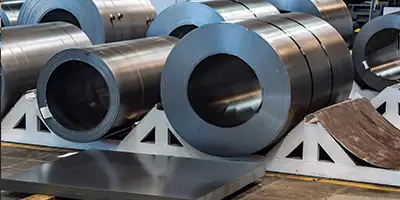

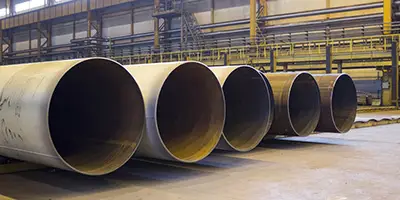

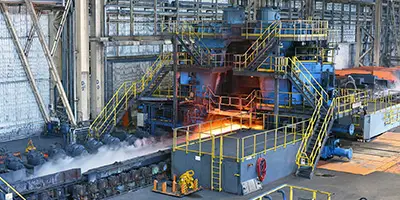
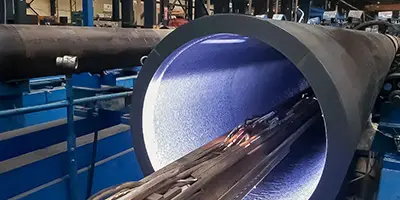
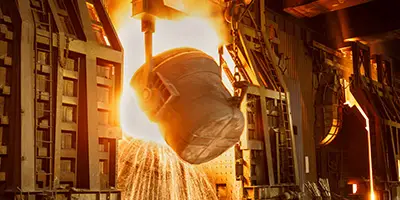

 Phone :
Phone :  Whatsapp :
Whatsapp :  Email :
Email : 


